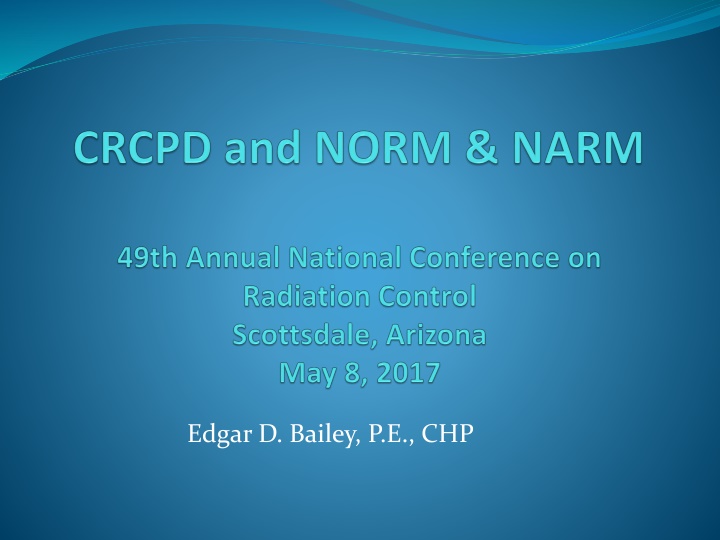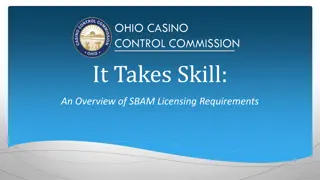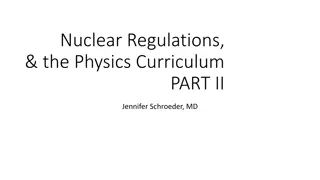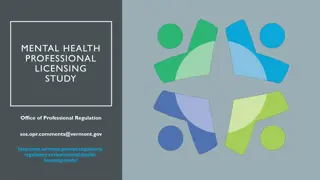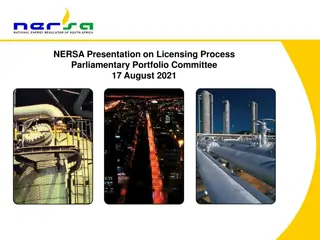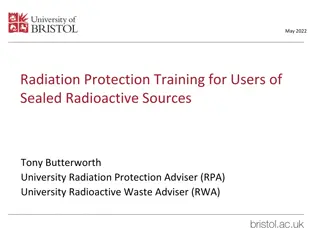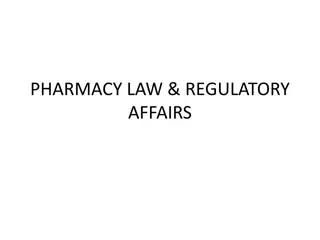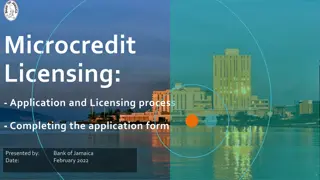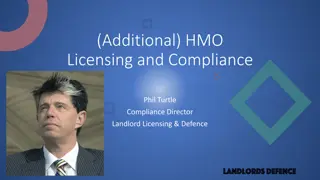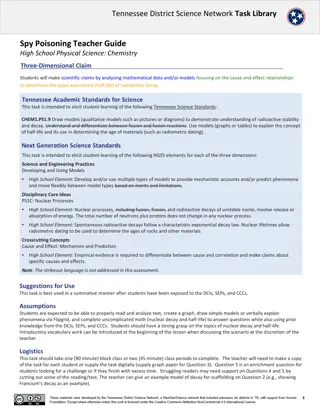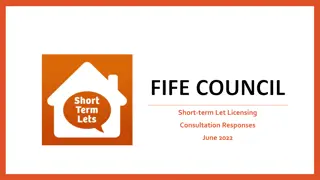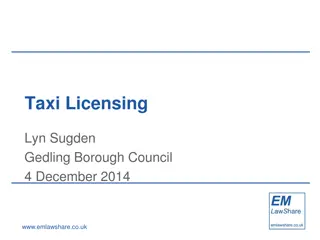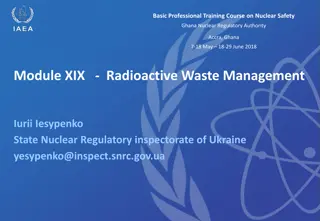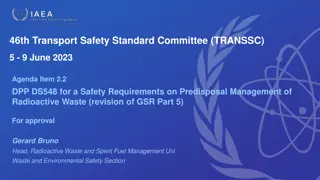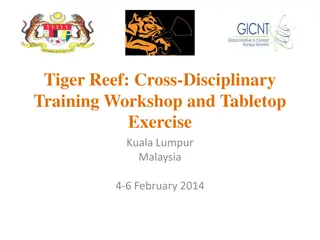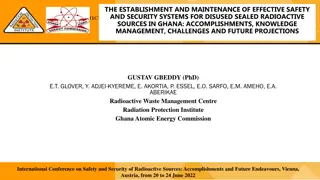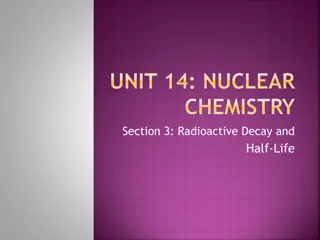Regulatory Evolution of Radioactive Materials Licensing
The regulatory landscape surrounding Naturally Occurring and Accelerator-Produced Radioactive Materials (NARM) underwent significant changes in the 20th century. Various entities, including AEC/NRC and states, grappled with the regulation of NARM, leading to a lack of consistency. Initiatives such as the evaluation reports by CRCPD and the development of manuals like the Radioactive Materials Reference Manual (RMRM) aimed to provide comprehensive guidance on licensing NARM. The process included evaluating sealed sources and devices, distinguishing between approved and identified sources, and designating Licensing States based on radiation control programs' adequacy.
Download Presentation

Please find below an Image/Link to download the presentation.
The content on the website is provided AS IS for your information and personal use only. It may not be sold, licensed, or shared on other websites without obtaining consent from the author.If you encounter any issues during the download, it is possible that the publisher has removed the file from their server.
You are allowed to download the files provided on this website for personal or commercial use, subject to the condition that they are used lawfully. All files are the property of their respective owners.
The content on the website is provided AS IS for your information and personal use only. It may not be sold, licensed, or shared on other websites without obtaining consent from the author.
E N D
Presentation Transcript
Definitions NORM Naturally Occurring Radioactive Materials NARM Naturally Occurring and Accelerator-Produced Radioactive Materials
AEC/NRC Did Not Regulate NARM in the 20thCentury HOWEVER---Most states did regulate (or had the legal authority to regulate) NARM as radioactive material However there was not consistency or uniformity in how states regulated NARM Unfortunately several manufacturers and distributors using NARM were located in non-Agreement States
Licensing of NARM In the early 1970 s and prior: All of the regulatory guidance on the evaluation of sealed radioactive sources and gauges was two pages on sources and two pages on gauges CRCPD decided that more definitive and complete guidance was needed for sealed sources and gauges evaluations for those containing NARM
Licensing of NARM cont. In 1977 the CRCPD issued a report entitled: Evaluation and Distribution of Radioactive Sources and Devices Not Manufactured Under the Atomic Act (DHEW Pub. 77-8021) This report was updated and republished in 1978 (DHEW Pub. 78-8054)
Radioactive Materials Reference Manual (RMRM) Similar to the Sealed Source and Device Sheets of AEC/NRC (now the Sealed Source and Device Registry) Maintained by Bureau of Radiologic Health, FDA in hard copy only
RMRM cont. RMRM had three different types of sheets (which were different colors too): Sheets for fully evaluated and approved sources and devices Sheets for partially evaluated sources and devices that have not been approved Sheets for sources and devices that had merely been identified as existing
Licensing States A state (either Agreement or non-Agreement) could request CRCPD to evaluate the state s radiation control program for evaluating and regulating NARM sealed sources and devices If the state s program was deemed adequate, the state was designed a Licensing State Some states began to not license NARM products unless they were produced in a Licensing State and there was a RMRM sheet
Encouragement Over the next few years states were encouraged to become Licensing States without a great deal of success The use of accelerator-produced radioactive materials in gauges and devices increased Radium usage in gauges and other devices increased at the same time the states and the federal were conducting programs to collect and dispose of Ra sources used in medicine Gauge manufacturers in two non-Agreement States were particularly noted for the questionable use of Ra in industrial gauges
NORM Elevated levels of NORM (primarily Ra) were well known to exist in a variety industries including the mining industry, fertilizer production, oil and gas exploration and production, and water treatment facilities for examples. With the general public dose limits set at 500 millirems per year, these increased levels were considered more of a curiosity than a real public health issue With the reduction of the public dose limit to 100 millirems per year, more concern began to be felt regarding some practices that involved the use of NORM with elevated levels
NORM cont. The passage of the Uranium Mill Tailings Radiation Control Act of 1978 (UMTRCA) and the subsequent implementation of the 25 millirems per year dose limit for the general public settled the question of whether or not NORM usage and disposal could exceed that limit Clearly that dose limit could be exceeded
Phosphogypsum Both Louisiana and Texas had huge piles of phosphogypsum from the production of phosphate fertilizer Florida had similar waste piles from phosphate ore production and processing The companies wanted to be allowed to use the wastes in a variety of offsite projects
Part N Committee(s) In response to this multistate problem a CRCPD committee was formed in the early 1980 s to provide Suggested State Regulations to address NORM As the Committee met and started talking and researching the areas that needed regulations it began apparent that a NEW part for the SSRCR was needed
Part N Committee(s) cont. The encouragement of the use of fly ash in concrete soon joined phosphogypsum as an issue Both priorities got blown away by a plague of lawsuits against oil and gas operators and well service companies The next years were FUN
Part N By 1988 Draft 6 of Part N 1991 Part N was proposed 1993 Part N Finalized and included in SSRCRs 2003 Implementation Guidance
